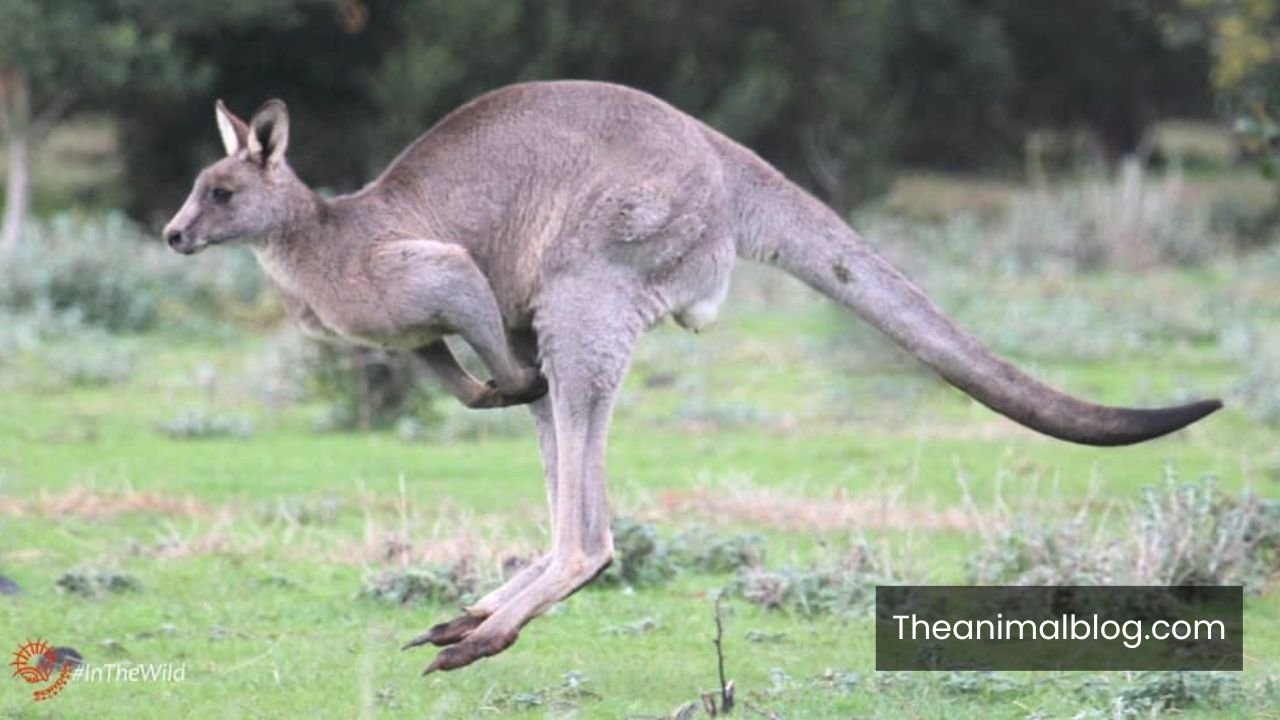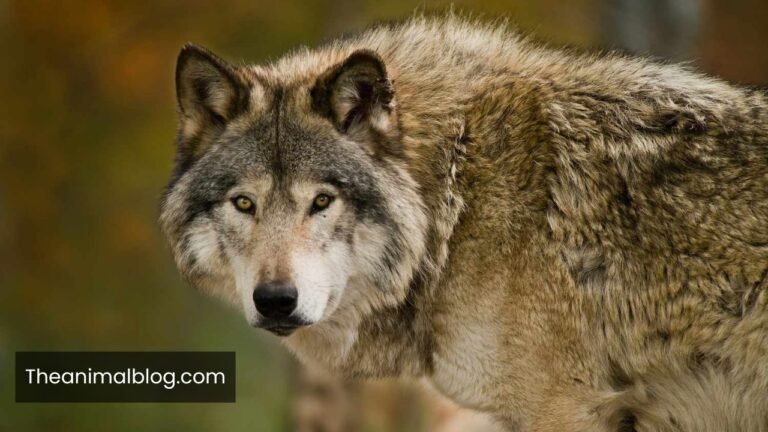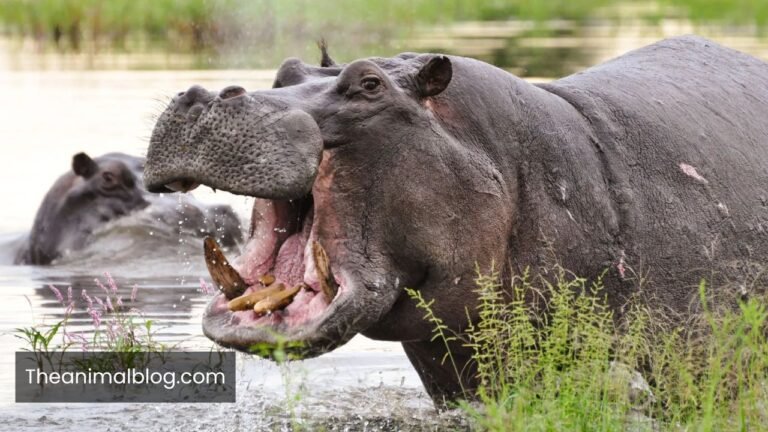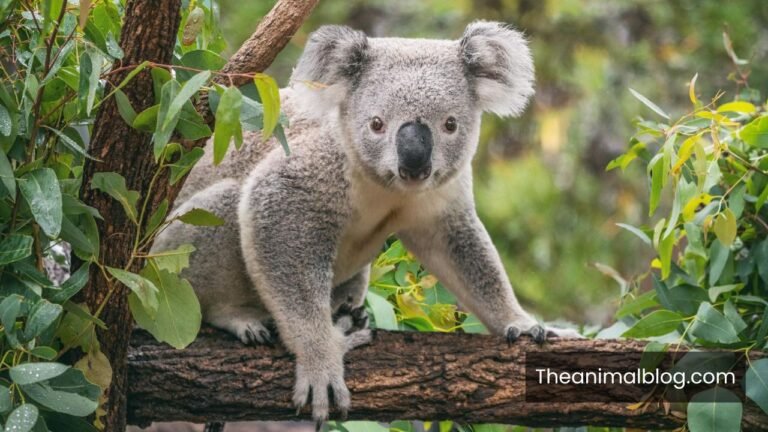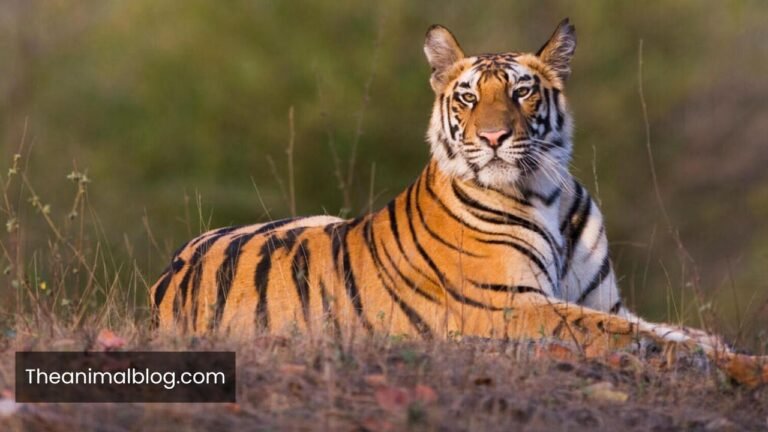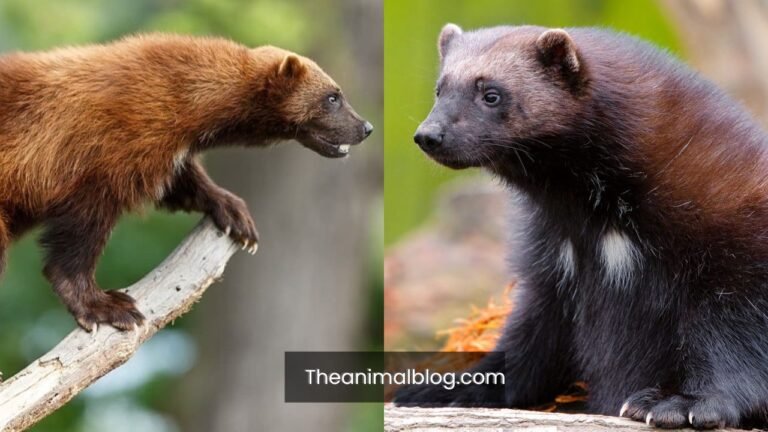Explore Top 10 Most Energetic Animals in the World
Did you know that some animals can run faster than a car? The natural world is home to incredible creatures that possess extraordinary energy levels, making them some of the most dynamic beings on the planet. In this article, we’ll dive into the top 10 most energetic animals in the world, showcasing their remarkable abilities and unique adaptations. Understanding these vibrant species not only enhances our appreciation for wildlife but also inspires us to tap into our own potential for vitality and movement.
Energetic Animals List
Following is the list of those animals that are the most energetic animals; I mentioned the name and the classes of that animals:
| NO. | Animal Name | Animal Class |
| 1. | Cheetahs | Mammalia |
| 2. | Monkeys | Mammalia |
| 3. | Ants | Insecta |
| 4. | Dogs | Mammalia |
| 5. | Sea Otters | Mammalia |
| 6. | Dolphins | Mammalia |
| 7. | Kangaroos | Mammalia |
| 8. | Hummingbirds | Aves |
| 9. | Gorillas | Mammalia |
| 10. | Shrews | Mammalia |
Cheetahs
Cheetahs are not just the fastest land animals; they embody a unique combination of speed, agility, and adaptability that sets them apart in the animal kingdom. Their remarkable acceleration allows them to reach speeds of up to 75 miles per hour in mere seconds, making them extraordinary hunters on the African savannas.
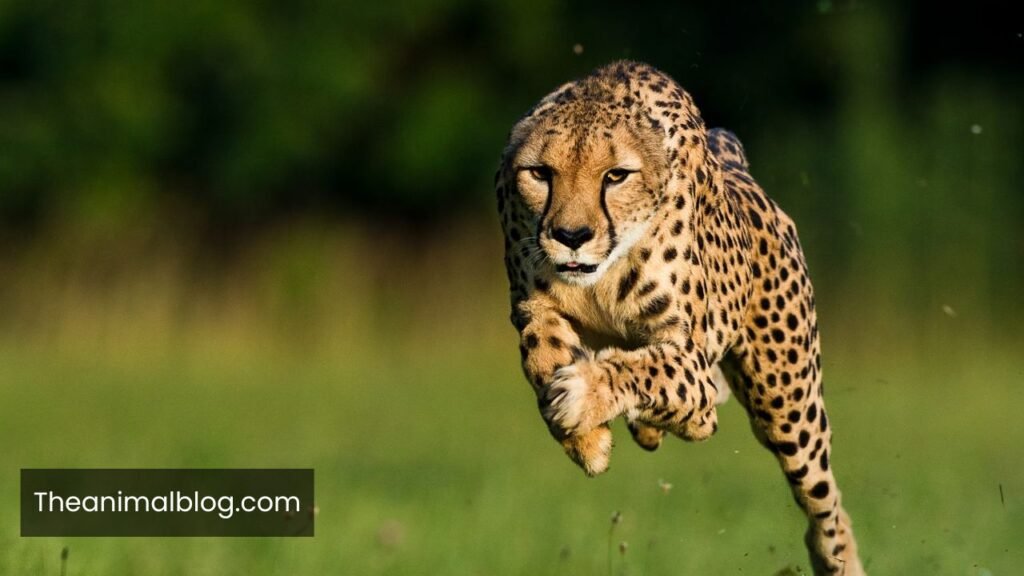
What’s fascinating is how their bodies are engineered for this explosive energy — long legs, a lightweight frame, and a flexible spine that acts like a spring, propelling them forward with each powerful stride.
The cheetah’s energy comes at a cost. Unlike many other predators that can maintain a steady pace over long distances, cheetahs rely on short bursts of speed during which they can only sustain their top velocity for about 20 to 30 seconds.
This high-energy sprint requires meticulous planning and strategy; they often use their keen eyesight to spot prey from afar before calculating the perfect moment to strike.
After such intense efforts, cheetahs need substantial recovery time, which highlights the delicate balance between energy expenditure and survival in their natural habitat. In a world where every second counts, these magnificent cats exemplify the artistry of nature’s design in maximizing energy efficiency and predatory success.
Monkeys
Monkeys are often celebrated for their boundless energy and playful antics, but their dynamism extends far beyond mere amusement. These intelligent primates display an impressive range of physical abilities, from agile acrobatics in the treetops to intricate social interactions that showcase their cognitive prowess.
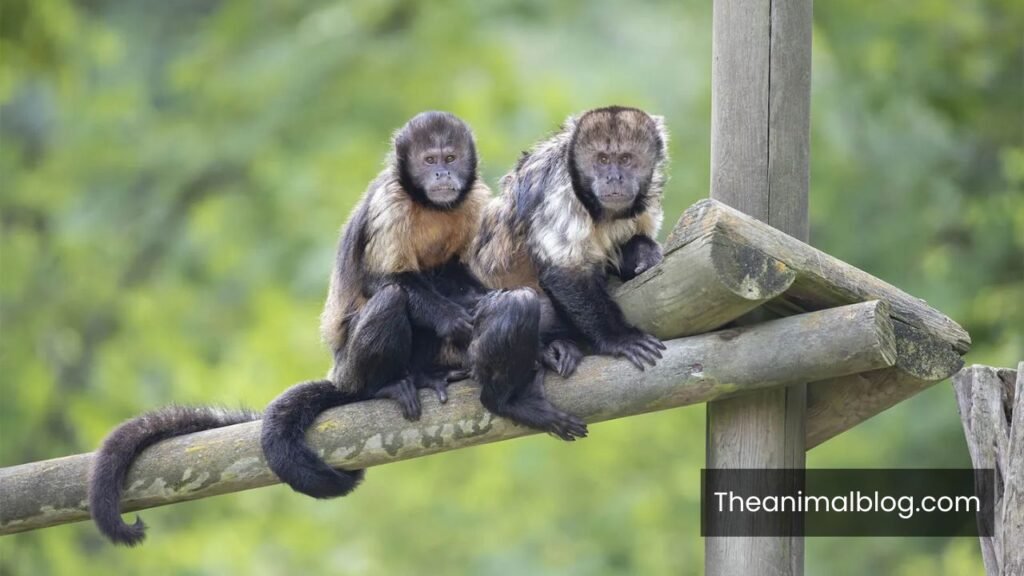
In the dense canopies of rainforests, species like the spider monkey and howler monkey navigate their environment with remarkable grace, leaping between branches and utilizing their long limbs and prehensile tails to maintain balance.
This physical dexterity not only aids in foraging but also plays a crucial role in their social structures, as they engage in spirited play and complex grooming rituals that strengthen bonds within their troops.
Monkeys exhibit a fascinating blend of curiosity and problem-solving skills that fuels their energetic lifestyle. Species such as the capuchin monkey are known for their tool use, demonstrating an innate ability to manipulate objects in their environment to obtain food or enhance their living conditions.
This intelligence drives them to explore and innovate, keeping them constantly engaged and active. As they traverse various ecosystems — from the lush jungles of Central America to the rocky cliffs of Africa — monkeys adapt to their surroundings with a unique blend of agility and cleverness, showcasing a vibrant interplay between energy and intellect that captivates both researchers and wildlife enthusiasts alike.
Ants
Ants are among the most energetic creatures on the planet, displaying an astonishing level of activity that belies their small size. These industrious insects can carry objects up to 50 times their own body weight, showcasing not just physical strength but also remarkable teamwork.

Each ant plays a specific role within its colony, contributing to a collective energy that drives their relentless pursuit of food, shelter, and survival. This collaboration transforms individual effort into a powerful force, allowing ants to navigate complex environments and adapt to challenges with remarkable efficiency.
What truly sets ants apart is their ability to communicate and coordinate through chemical signals known as pheromones. This intricate form of communication fuels their energetic behavior, enabling them to respond quickly to threats or opportunities in their surroundings.
When foraging for food, a single scout ant can leave a scent trail that guides others back to the resource, creating a bustling highway of activity in a matter of moments. The sheer scale of their collective efforts can lead to the rapid establishment of intricate foraging paths, illustrating how energy is not only about individual stamina but also about the synergy created within a community.
Ants redefine our understanding of energy in the animal kingdom, proving that it’s not just about speed or strength, but rather the dynamic interplay of cooperation and communication.
Dogs
Dogs are often hailed as man’s best friend, but their energetic nature makes them much more than companions; they are dynamic partners in adventure. Whether it’s the exuberant leaps of a Border Collie herding sheep or the playful antics of a Golden Retriever chasing after a frisbee, dogs possess an innate zest for life that is contagious.
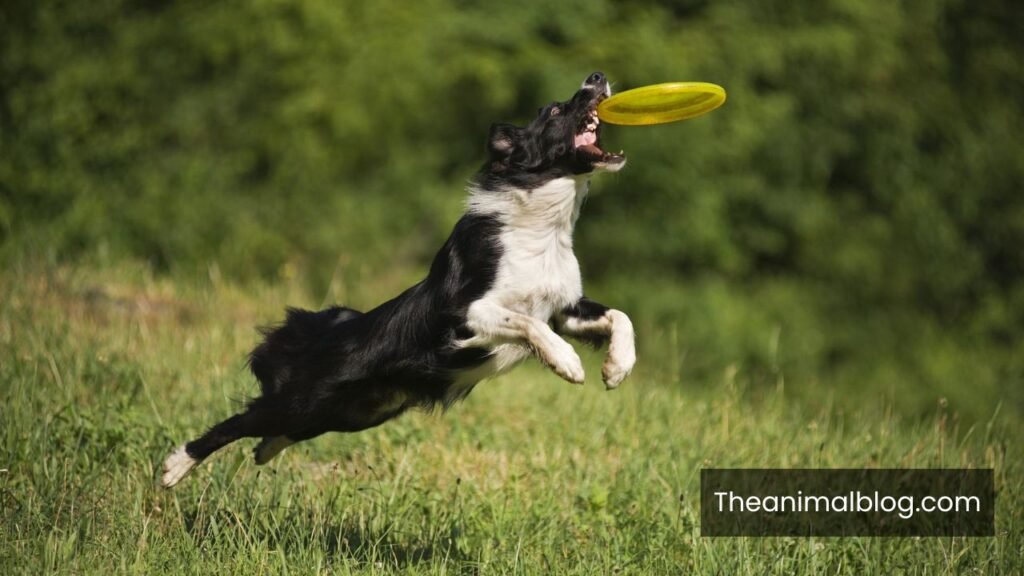
Their boundless energy not only encourages us to stay active but also fosters deeper connections with the outdoors, prompting us to explore parks, trails, and even the great wilderness alongside them.
Interestingly, different breeds exhibit unique energy levels and play styles, offering a rich tapestry of engagement options for dog owners. High-energy breeds like the Siberian Husky thrive on challenges, requiring both physical exercise and mental stimulation to channel their enthusiasm positively.
This necessity for engagement highlights the importance of understanding your dog’s specific needs; it can transform a simple walk into a thrilling quest or a routine play session into an exciting training opportunity. Ultimately, the sheer vitality of dogs serves as a reminder that embracing movement and play can significantly enhance our own well-being while nurturing an extraordinary bond with these lively creatures.
Sea Otters
Sea otters are not just adorable marine mammals; they are also some of the most energetic and playful creatures in the ocean. These agile swimmers can dive up to 300 feet in search of their favorite delicacies, like sea urchins and crabs, showcasing an impressive combination of strength and finesse.

Their unique adaptations, such as using their dense fur to stay warm in icy waters, allow them to spend hours frolicking and foraging, making them a vital part of their ecosystem.
What sets sea otters apart is their remarkable social behavior. Often seen floating together in “rafts,” these playful animals engage in synchronized swimming and playful antics, which not only strengthen social bonds but also contribute to their overall well-being.
This lively interaction highlights the importance of community in the animal kingdom, reminding us that energy isn’t just about physical activity; it’s also about connection and joy. In an age where many species face threats from climate change and habitat loss, the energetic spirit of sea otters serves as a poignant reminder of the resilience and adaptability found in nature.
Dolphins
Dolphins are often celebrated for their playful antics and high intelligence, but what truly sets them apart in the animal kingdom is their boundless energy. These marine mammals exhibit remarkable agility, leaping up to 15 feet out of the water in a single bound, a spectacle that not only showcases their physical prowess but also serves as a form of social interaction within pods.
Their energetic behaviors, such as surfing on waves and riding the wakes of boats, reflect a profound connection to their environment, demonstrating how play is integral to their social structures and mental well-being.

Dolphins communicate through a complex system of clicks and whistles, which facilitates coordinated hunting strategies and social bonding. This vocal energy is complemented by their physical dynamism; they can swim at speeds of up to 25 miles per hour, making them one of the fastest marine animals.
What’s more fascinating is their ability to engage in cooperative behaviors, like herding fish into tight groups to make feeding more efficient. This combination of physical agility and social intelligence not only highlights their energetic nature but also underscores the sophisticated dynamics of dolphin societies, inviting us to reflect on the intricate relationships that fuel life beneath the waves.
Kangaroos
Kangaroos are not just icons of Australia; they embody an extraordinary blend of energy and grace that sets them apart in the animal kingdom. These remarkable marsupials possess powerful hind legs that allow them to cover vast distances with effortless bounds, reaching speeds of up to 30 miles per hour.
Their unique method of locomotion — hopping — conserves energy while enabling swift movement across their arid landscapes, showcasing an evolutionary adaptation that is as fascinating as it is efficient.
Beyond their impressive physical capabilities, kangaroos also exhibit a captivating social dynamic that amplifies their energetic nature. Often found in groups known as mobs, these creatures engage in playful sparring matches that serve both as a form of exercise and social bonding.
This spirited interaction not only helps them establish hierarchies but also keeps them alert to potential threats from predators. Observing a mob of kangaroos in action offers a glimpse into a world where energy is not merely about movement; it’s intertwined with community, survival, and the vibrant pulse of life in the wild.
Hummingbirds
Hummingbirds are nature’s miniature marvels, embodying energy and agility like no other creature on the planet. With their unique ability to hover in mid-air, they can beat their wings up to 80 times per second, creating a mesmerizing blur of color as they flit from flower to flower.
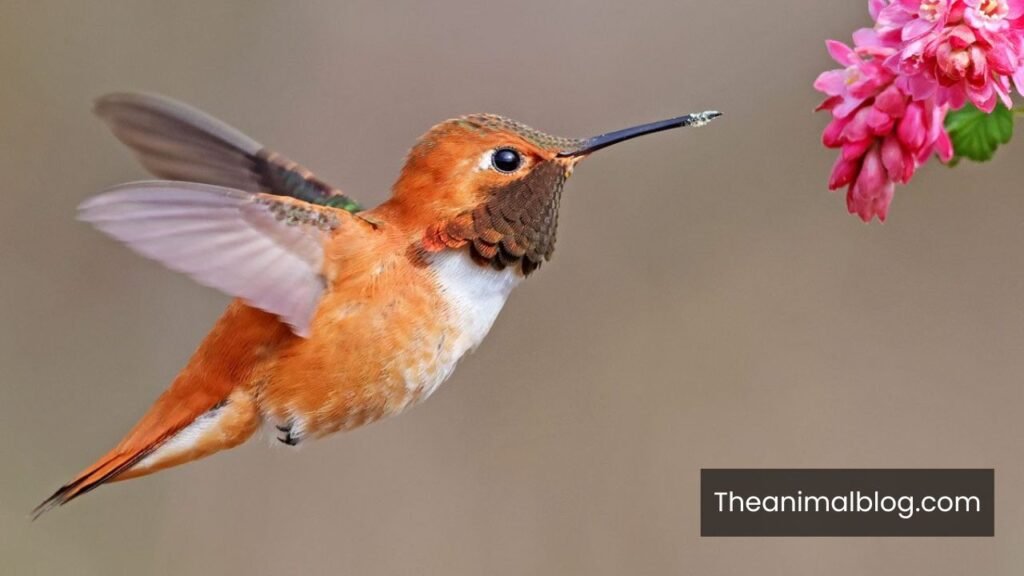
This incredible wing speed not only aids in their remarkable aerial acrobatics but also requires a staggering amount of energy — some species can consume up to twice their body weight in nectar daily! This relentless pursuit of food fuels their high metabolism, making them one of the most energetic animals on Earth.
What sets hummingbirds apart is not just their physical prowess but also their role as pollinators. As they dart from bloom to bloom, their specialized tongues extract nectar while inadvertently transferring pollen, thus ensuring the survival of countless plant species.
They have excellent memories, often returning to the same flowers at specific times when nectar is most abundant. This remarkable blend of energy and intelligence showcases a fascinating symbiotic relationship between these vibrant birds and the ecosystems they inhabit, highlighting their indispensable role in maintaining biodiversity.
In a world where energy is often equated with size or strength, hummingbirds remind us that sometimes, the smallest creatures can have the most significant impact.
Gorillas
Gorillas, often perceived as gentle giants, are surprisingly energetic and dynamic creatures. Despite their imposing size, these primates exhibit a playful nature that is both captivating and endearing.
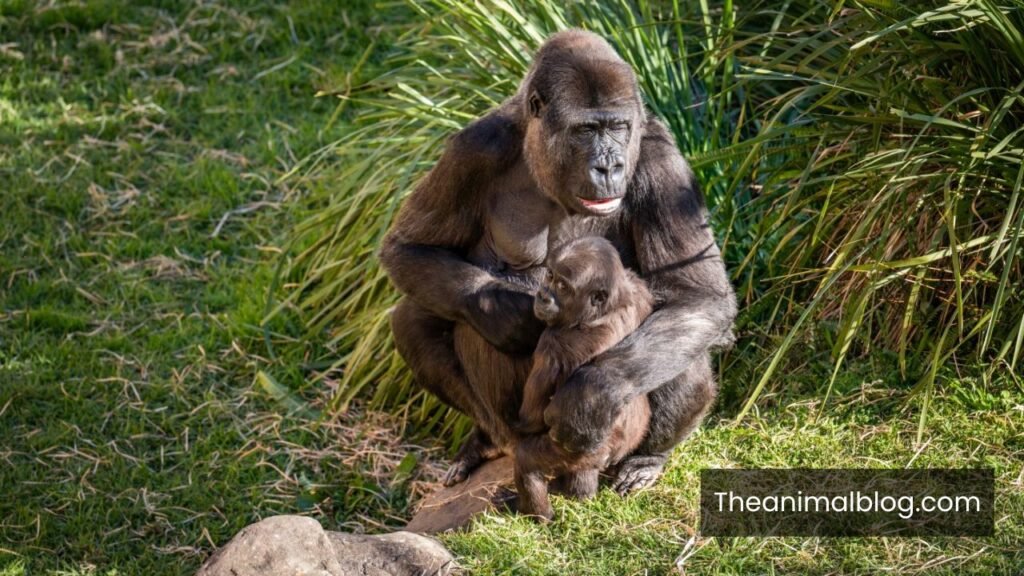
In the wild, gorillas engage in various activities ranging from climbing trees to swinging from branches, showcasing their remarkable strength and agility. This playful behavior isn’t just for fun; it plays a crucial role in social bonding within troops and helps young gorillas develop vital skills for survival.
What’s fascinating is that gorillas have a unique way of channeling their energy. They often participate in vigorous displays of strength, such as chest-beating and mock fighting, which serve to establish dominance and promote group cohesion.
These energetic displays are not merely aggressive; they are integral to the complex social structures of gorilla communities. Observing these interactions reveals the depth of their emotional intelligence and the importance of energy in maintaining harmony among members of their troop.
In essence, gorillas remind us that energy is not just about physical prowess but also about building relationships and fostering community connections.
Shrews
Shrews, often overshadowed by their more charismatic mammalian counterparts, are nature’s unsung energy dynamos. These diminutive creatures, typically weighing less than an ounce, boast a metabolism that rivals the most active athletes. Their secret? A staggering heart rate that can reach up to 1,500 beats per minute, allowing them to dart through their habitats with remarkable speed and agility.
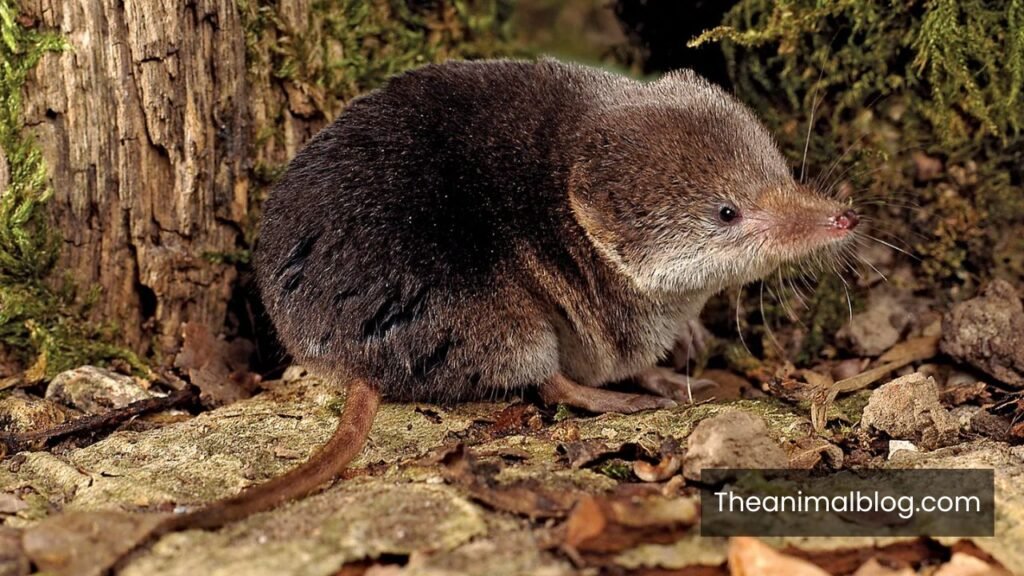
This frenetic lifestyle is not just for show; shrews must consume nearly their body weight in food daily to sustain their high-energy demands, leading them to be voracious insectivores that tirelessly hunt for worms, insects, and even small vertebrates.
What’s truly fascinating about shrews is their unique adaptations for survival. Unlike most mammals, they possess a set of venomous saliva, enabling them to subdue prey much larger than themselves. This evolutionary trait not only enhances their hunting prowess but also provides an intriguing glimpse into the diversity of survival strategies in the animal kingdom.
Shrews exhibit a curious behavior known as “trembling,” which is thought to be a way to conserve energy while navigating the cold ground during winter. Each of these characteristics paints a picture of an animal that, despite its size, plays a vital role in its ecosystem, reminding us that even the smallest creatures can embody boundless vitality and resilience.
Final Words
The world is home to an astonishing variety of energetic animals that showcase incredible stamina and agility. From the breathtaking leaps of the kangaroo to the relentless energy of the cheetah, these creatures remind us of the boundless vitality found in nature. Their unique adaptations not only help them thrive in their environments but also captivate our imagination and inspire awe. By understanding and appreciating these remarkable animals, we can foster a deeper connection with the natural world. So, let’s take a moment to celebrate these incredible beings and advocate for their conservation to ensure their vibrant energy continues to thrive for generations to come.
Read More: Explore Top 13 Most Patient Animals In The World (With Pictures)
FAQs
Which Animals are The Most Energetic?
When discussing the most energetic animals, one cannot overlook the incredible agility and stamina of species like the cheetah and the hummingbird. Cheetahs are known for their explosive speed, capable of reaching up to 60 miles per hour in short bursts. This sprinting ability is essential for their hunting strategy, allowing them to chase down prey in the African savannah.
What is the most energetic pet?
When it comes to energetic pets, dogs often take the lead due to their playful nature and need for regular exercise. Breeds like Border Collies, Australian Shepherds, and Jack Russell Terriers are particularly known for their high energy levels. These dogs thrive on activities like running, agility training, and even dog sports, making them ideal companions for active individuals or families.
Do all energetic animals have similar habitats?
While energetic animals often share certain habitat features, they do not necessarily inhabit the same types of environments. Many high-energy species, such as cheetahs or dolphins, thrive in open spaces that allow for movement and agility, like savannas or oceans. These habitats provide ample opportunities for hunting, social interaction, and territory establishment, all of which are vital for their survival.

